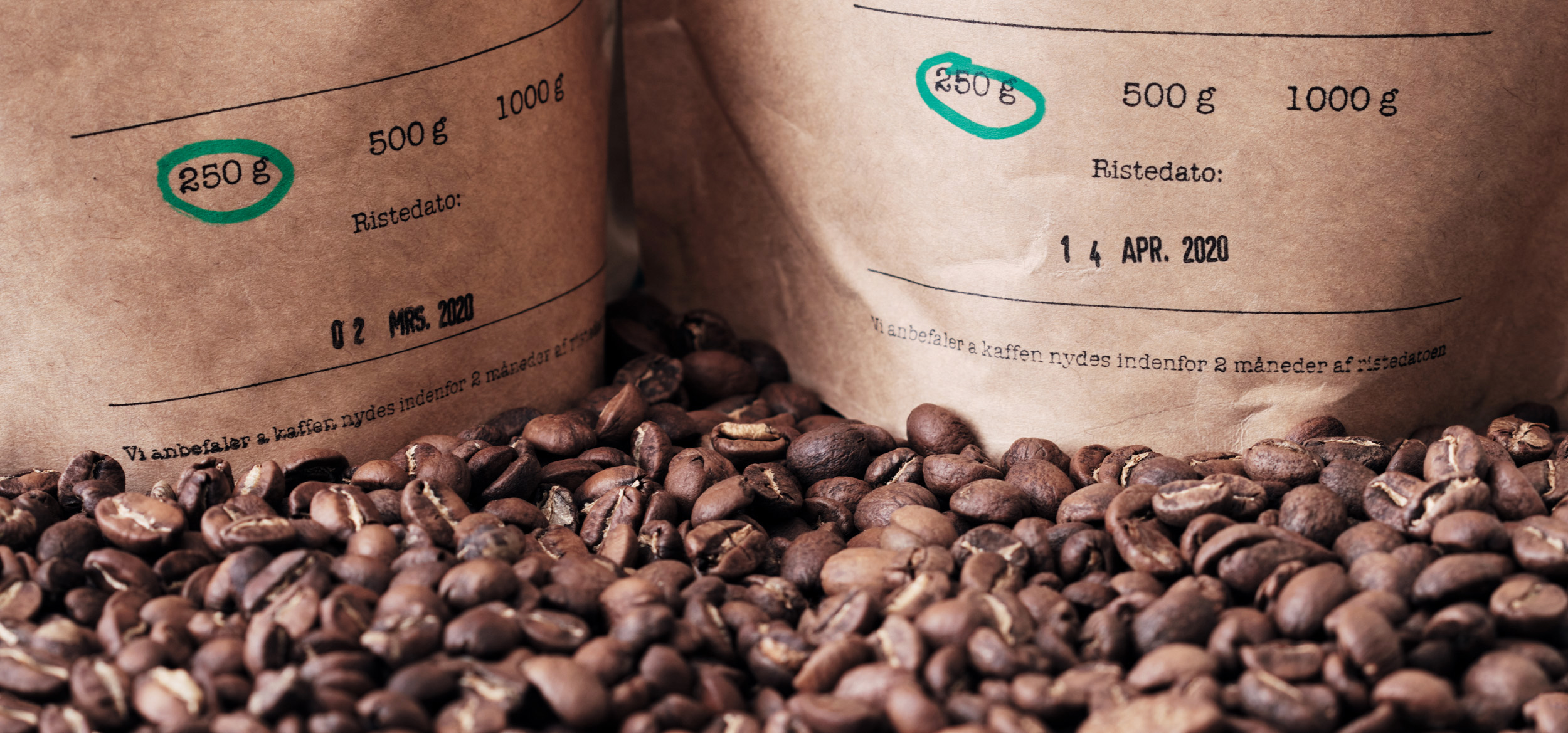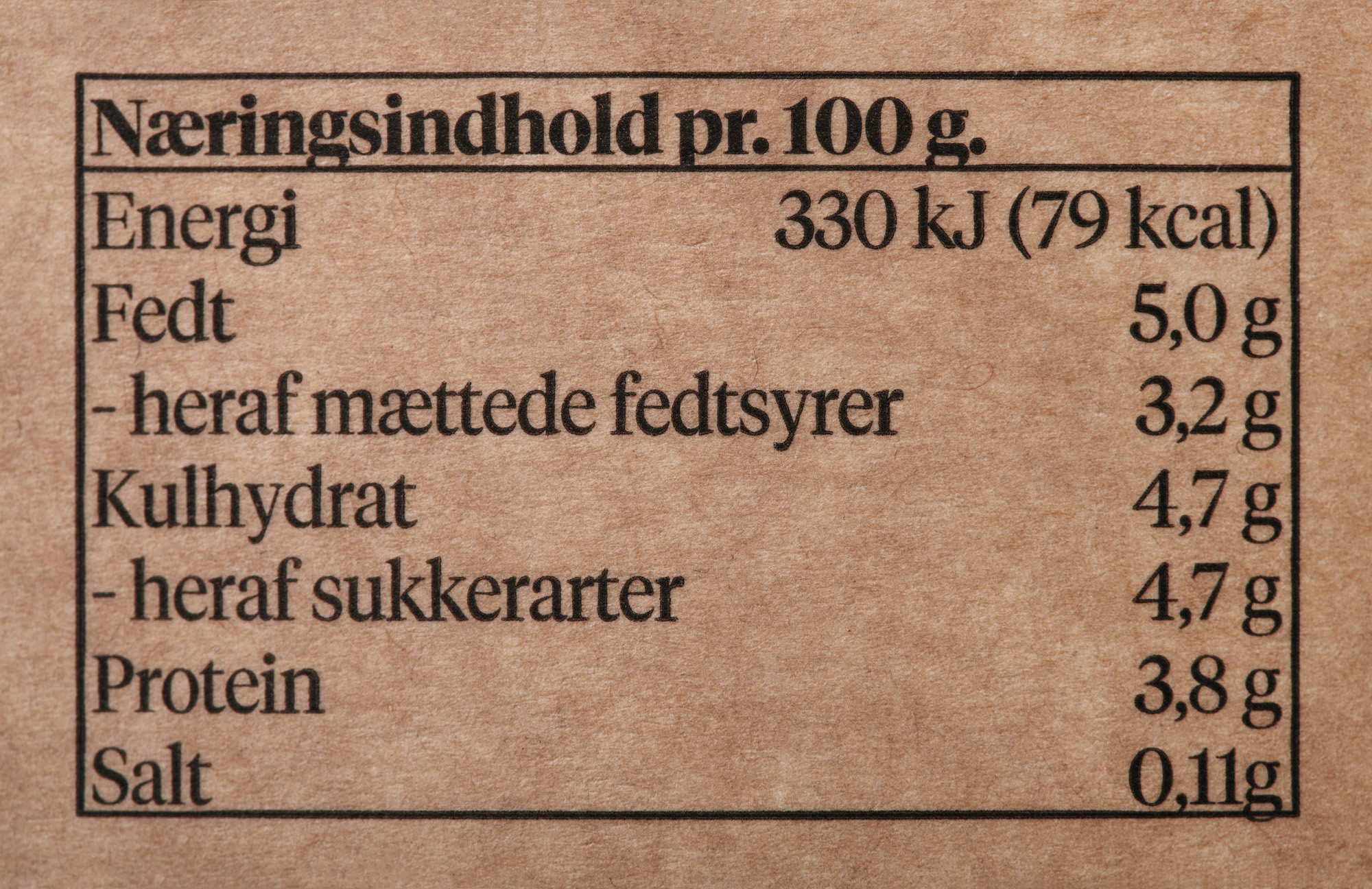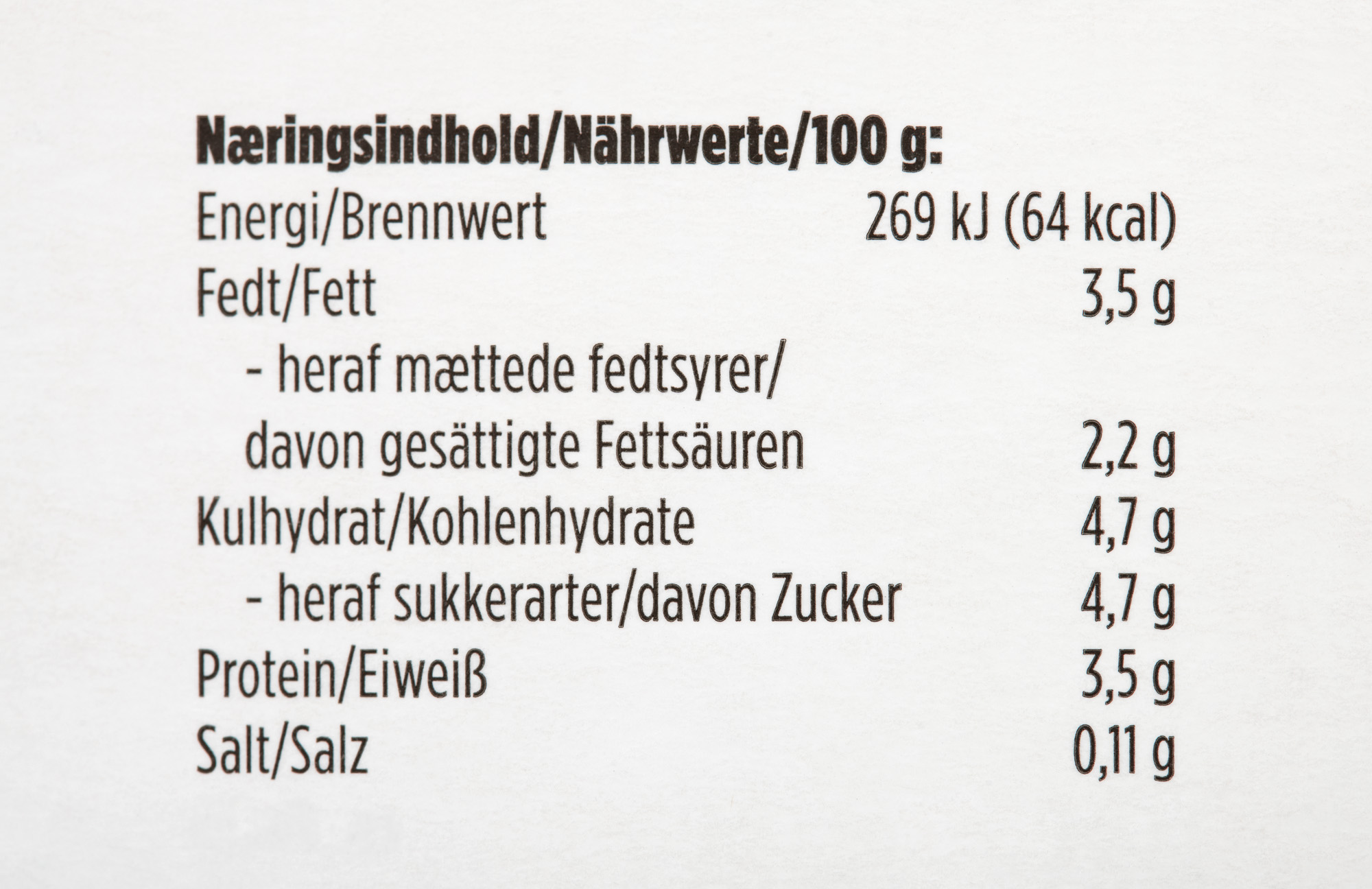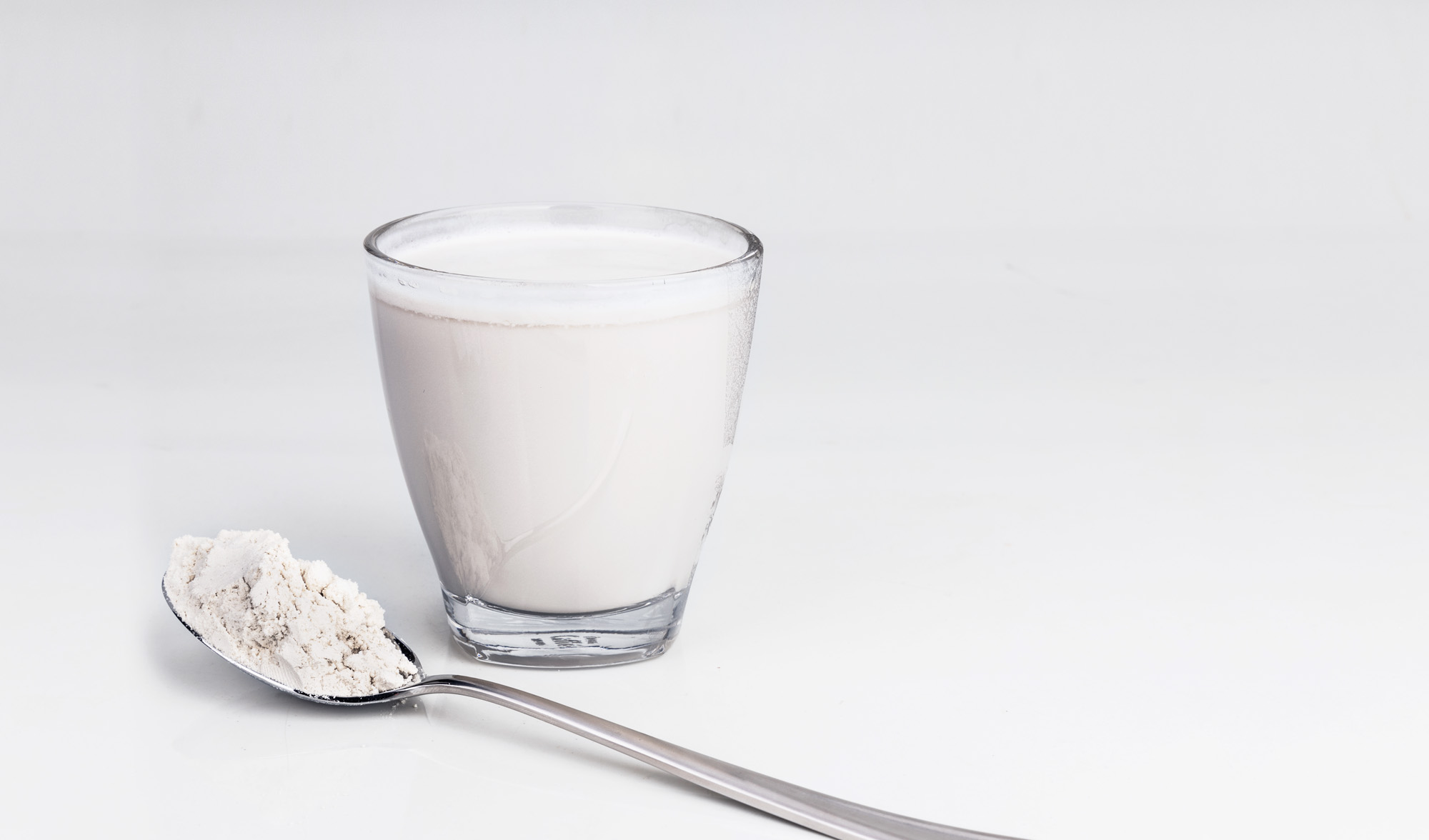If you leave a latte for a few minutes on the countertop, sometimes the foam starts to break up — but sometimes it doesn’t. Why?
No matter how long you’ve been slinging shots, sometimes a latte will go bubbly after pouring. If you’ve ever had to remake a coffee because it was sat on the counter for just a few seconds too long before serving, then you know how frustrating this can be.
Is It the Technique?
The first thing to rule out is any imperfections in your technique. Steaming your milk so that you get the smallest possible bubbles is the way to ensure you get good silky foam that lasts and lasts.
Smaller bubbles not only give a better look and feel to the milk foam, but result in a foam that is more stable and drains less quickly. In fact, halving the bubble size quadruples drainage time, Professor Abbott explains. As the liquid drains out of the foam, bubbles become more likely to coalesce or rupture, leaving a dry foam with big bubbles.
Furthermore, if all the bubbles are small, then you will get less Ostwald ripening. This is an unfortunate process in any foam that causes smaller bubbles to get smaller, while the biggest bubbles get bigger. Small bubbles have a higher internal pressure which pushes the gas inside them out, where they dissolve into the surrounding water. Meanwhile, nearby larger bubbles take in the gas and expand.
If you steam milk correctly and produce no visible bubbles, there will be less of a difference between the smallest and largest bubbles in your foam. If some bubbles are much larger than others, then Ostwald ripening causes them to expand even more, while the smallest bubbles shrink. So a milk steaming technique that results in the smallest possible bubbles, with no larger bubbles mixed in, will produce a foam that keeps its texture much longer.
If you’re working with a coffee or milk that is resulting in bubbly foam no matter how well you steam it, then there are two other things you can do to reduce its impact: Firstly, mixing more milk foam into the background before pouring the latte art can help stabilise the foam. Pour in a little milk foam and take the time to mix it thoroughly before finishing the pour, and the foam will last for longer before bubbling up.
The second solution is simple: pour a pattern with a bigger proportion of white on the surface, such as a large heart or simple monk’s head. When bubbles do form, it tends to be the part mixed with the coffee that breaks down first, while the unmixed milk foam will often last for much longer, making the appearance and texture much better for the customer.
Is It the Coffee?
Even with perfect technique, though, you may experience this issue with certain specific coffees. The bad news is, there’s no one easy solution. We know a fair bit about what makes for a stable foam in milk by itself. However, the interaction of milk foam with coffee is complex and has barely been studied. What we do know, however, points to a few different possible culprits.
In an experiment comparing the foam stability of lattes made with different coffees, Dr Monica Fekete (2019) found that lattes made with freshly roasted coffee bubbled up significantly more than when the coffee was 6 weeks off-roast. Fekete attributes this difference to the larger amount of CO2 gas trapped in the fresh roasted beans.
 Picture: roasting date 6 weeks apart.
Picture: roasting date 6 weeks apart.
Baristas may also find that even with equally fresh coffee, different roasts react differently to milk. In her experiments, Fekete found that lattes made with a darker roast bubbled slightly more than lattes made with a lighter roast, but the difference wasn’t enough to be statistically significant. Anecdotally, some baristas have reported the opposite, or that origin or process seem to play a role, but we’re not aware of any other systematic experiments on this topic.
Darker roasts typically contain more CO2, which could increase bubbling. They also contain different amounts of surfactants. Many compounds found in coffee can act as surfactants, including coffee oils (SM Deotale et al, 2019) and melanoidins (E Illy & L Navarini, 2011). Darker roasts typically contain more melanoidins, and the oils of a darker roast are more extractable (SR Ariga et al, 2018), so these compounds may have a bigger effect — however, while surfactants stabilise the foam in crema, they may not have the same effect in the milk foam. Some surfactants added to milk foams actually make the foam less stable, as they compete with the proteins at the bubble surfaces and make the foam less elastic (S Rouimi et al, 2005).
Is It the Milk?
The type of milk used also plays a big role. Fat in milk makes it less easy to foam (Huppertz, 2010), but results in smaller bubbles (Oetjen et al, 2014) and reduces drainage (Munchow et al., 2015), so the resulting microfoam lasts longer before larger bubbles start to form. In her experiments, Fekete counted the number of bubbles over a certain size that formed on top of the drinks, and found that ‘skinny’ milk produced as much as three times more than full-fat milk.
Pictures: differences in fat content seen in these labels, ranging from 5g to 3.5g per 100g of milk.
The protein content is also important — not just the amount, but also what type of protein is present. The whey proteins in milk, especially β-lactoglobulin, are essential to forming an elastic foam that will last longer. The balance of whey to casein protein can affect how stable a milk foam is (S Rouimi et al, 2005).
Even when using the same milk, seasonal variations in fat and protein content can affect its performance. The cow’s diet, condition, and the time of year all affect the balance and type of both fats and proteins in the milk. This affects how the milk foams — “especially in the spring when the cows go from eating silage (preserved grass) to fresh grass,” as dairy farmer Ruper Cyster explains in our Milk Science and Latte Art course.
Milk can also become completely unfoamable if something happens to trigger lipolysis. This is rare in properly processed fresh milk, but can happen when air is accidentally introduced during milking or processing, or sometimes as a result of changes to the cows’ diet.
However, the clearest determinant of milk foam stability in coffee is whether the milk is homogenised. In 2017, Dagmar Geerlings, owner of Dagger Coffee, surveyed members of the Barista Hustle Facebook group and found that baristas using unhomogenised milk experienced much less bubbling. Fekete’s experiments on a single coffee showed the same effect. This is counter-intuitive, since without adding coffee, many researchers find that homogenised milk foam lasts longer (S Kamath et al, 2008), though others find little effect (K Borcherding et al, 2008).
Fekete suggests that this is due to the effect of homogenisation on the milk protein structure. In unhomogenised milk, the fat globules are surrounded by a lipid membrane, which prevents them from coalescing. When the milk is homogenised, the fat globules are forced into much smaller droplets, which become surrounded by a layer of casein proteins. This means these proteins are no longer available to stabilise the milk foam.
However, there is still plenty of protein available to form the foam, Geerlings points out. “If this was the case, you wouldn’t be able to form a foam in the first place,” she explains. “It could be that the size of the fat clusters play a role, or the [milk fat globule] membrane. Both could have an influence on a reaction with coffee.” Until we get more evidence of how the coffee interacts with milk foam, it’s hard to be sure why exactly unhomogenised milk is more stable with coffee, but the effect is clear, which explains why many baristas prefer unhomogenised milk.







Vigorously swirl your espresso before pouring your milk. (No need to add a little milk and then swirl.) This essentially blooms the espresso, allowing for substantially less CO2 from bubbling up afterward.
Great to have an in-depth look at this. Much appreciated and fascinating